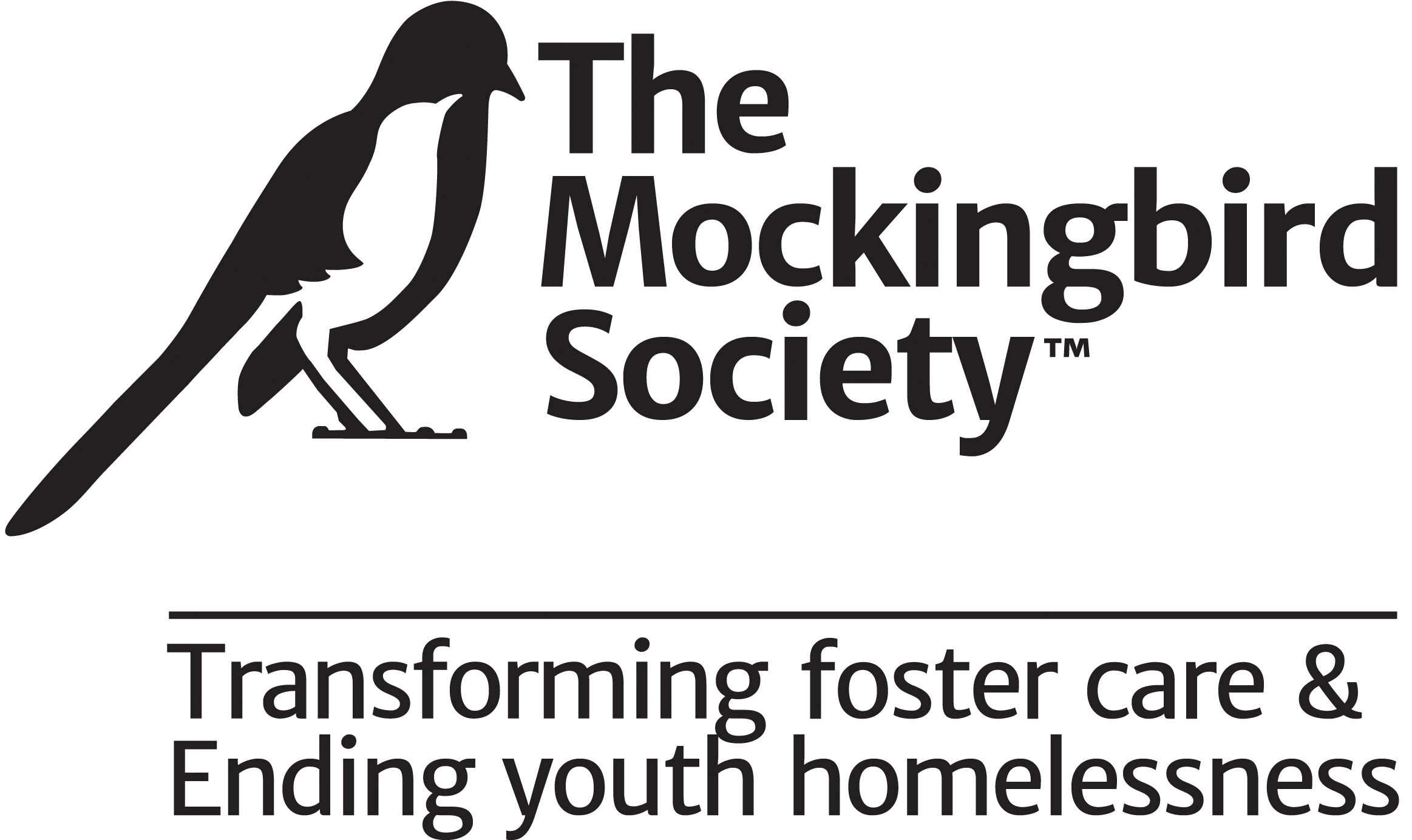Societal Stigmas
Societal Stigmas and the Homeless
By Clayton William Hefley

Homelessness can befall anyone, from any walk of life, from any cultural demographic, at any age.
There is no one definitive reason, though we know that there are basic supports all people need to give us a starting platform from which to seek self-fulfillment and to be able to function in society. We are beginning to understand the fundamental elements that can cause families and individuals to lapse into homelessness and that there is, in reality, no stereotypical homeless person beyond the reach of hope.
I have worked with at-risk communities, those in the foster care system, and with service providers in environments I considered to be the furthest from the stigmas against homeless people, like I was at age 21. I have noticed that even in these settings, stigmas still linger in subtle ways that prevent our communities from enacting new and interesting policies and programs. Misconceptions about drug abuse and assumptions about work ethic drive these stigmatic, antagonistic views.
Trauma, abuse, poverty, holistic wellbeing, education, and demographic information are all factors that can sometimes have uncontrollable outcomes on any life. No one can change out of their own accord or foresee the circumstances of their birth. For example, demographic information gathered from Count Us In 2015 found that 54% of all youth and young adults counted (448 YYA) identified as People of Color (POC). Considering the general residential population of King County, which is comprised of 35% POC residents, this statistic is disproportionate and sends a clear signal for the need of more culturally relevant pathways out of homelessness.
As advocates, we have all experienced interactions that shaped our perceptions of the groups for whom we advocate. We are experts as much as we are representatives. We as a community must identify the biases we possess so that we don’t use them to label vulnerable populations who are just trying to survive. These societal stigmas influence the ways services are provided. For example, welfare systems are under constant scrutiny because of stigmas youth in homelessness face in regards to drug use. An example of negative stigmas influencing policy is when Utah enacted legislation mandating drug testing for welfare recipients, costing roughly $30K. With that being said, only 2.5% of all households tested positive for drug use out of all welfare program recipients.
Stigmatic views are a risk in itself and can have grave consequences for every socioeconomic stratification. At times, we may have no clue that our personal experiences with a very small cross section of a much larger, dynamic population are not representative of the a whole, but arise from circumstantial experience. Individual stories can be powerful and empowering, but that is only one story. For every voice heard, there are countless voices that will never be heard. We all are aware of stigma, but I challenge you to further inspect your own stigmas and biases, in the lives you touch, and in the systems that further extend beyond ourselves.
Published on June 18, 2015
